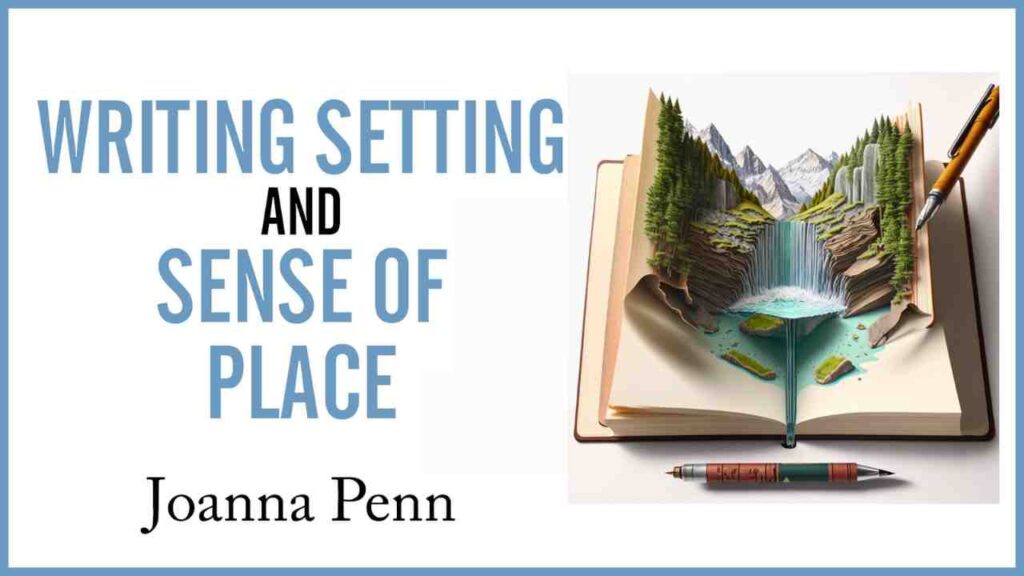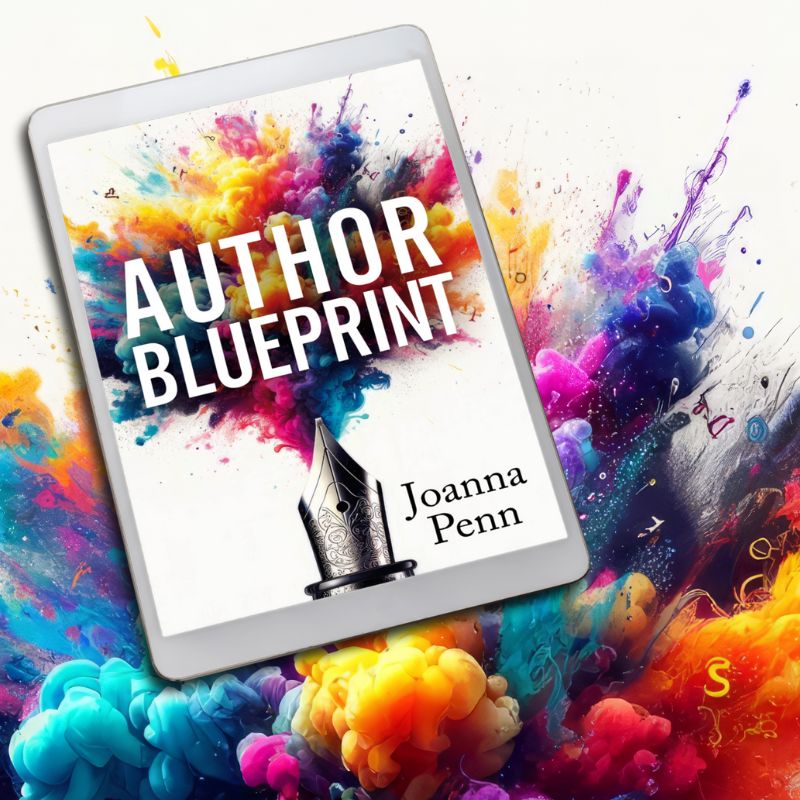All stories, whether fiction, memoir, or narrative non-fiction, happen somewhere, so setting is a key aspect of writing.
From an epic fantasy world to a small room in a literary novel, to the open road of a personal travel memoir, your characters experience their journey in specific places.
Here are some tips for writing settings. For more detail, check out my course, Writing Setting and Sense of Place, available now. There is a preview lesson available so you can check it out in more detail.
What is a setting and what is a world?
A scene in a story has one or more characters in a setting performing some kind of action toward a specific goal. The setting is the backdrop against which the scene unfolds.
There are multiple settings within a world, for example, J.R.R. Tolkien's Middle Earth (world) has many specific settings, one of which is a hobbit hole.
“In a hole in the ground, there lived a hobbit. Not a nasty, dirty, wet hole, filled with the ends of worms and an oozy smell, nor yet a dry, bare, sandy hole with nothing in it to sit down on or to eat. It was a hobbit hole, and that means comfort.” — The Hobbit, J.R.R. Tolkien
It doesn't have to be a fantasy world. The world of your story is where it takes place, and will have multiple settings included in the narrative. My recent travel memoir, Pilgrimage, includes real-world settings of the Camino de Santiago, the Pilgrims' Way, and the St Cuthbert's Way.
Why do we need to write better settings and inspire a sense of place?
Your job as a writer is to manipulate the reader's imagination, to make them think and feel what you want them to, but too many writers forget the importance of setting in their books.
In fact, a common error for new writers is “talking heads in an empty white room,” where characters have great conversations and undertake significant action, but it's unclear where it's all happening.
Consider the following sentence.
Morgan walked along a path through the trees.
The path and the trees in your head will likely be different from what I had intended. Here's a version with more details about the setting.
Morgan slowly walked along a winding path that meandered through a dense forest of towering evergreens with needle-like leaves, interspersed with spindly birch trees with papery white bark. Their trunks reached up towards the sky like giant pillars, their bark rough to the touch with deep grooves and ridges that formed intricate patterns. Leaves rustled gently in the light breeze, creating a soft whispering sound as the scent of pine and earth filled the air. Sunlight filtered through the branches of the trees, dappling the ground with patches of warm light.
While it still needs some editing, it gives you a much better idea of the setting.
Here are three quick tips to help you write better settings, whether you're writing fiction, memoir, or narrative non-fiction.
(1) Use sensory details
Sensory descriptions help create vivid mental images in your reader's mind. Describe how the place looks, sounds, smells, feels, and tastes. This can be as simple as describing the colors and textures of the walls in a room, the smell of freshly baked bread, or the feel of the sun on your skin.
Of course, you don't need to go overboard and include all of these every time, but at least consider how a couple of sensory details can help evoke each setting.
You can also “show, don't tell.” Avoid simply telling your reader what a place looks like. Instead, show them by describing the actions and emotions of the characters in the setting. For instance, instead of saying “The room was cold,” you could say “She rubbed her hands together to warm them, her breath visible in the chilly air.”
(2) Write from the character's point of view (POV)
The setting will be completely different depending on the character and what they bring to it.
For example, a hospital room in the aftermath of a clinical emergency will be experienced differently by the widow of the patient who just died, by the junior doctor who just lost their first patient, and by the cleaner whose job it is to make the room ready for the next person.
You can also use setting to show aspects of character and backstory. For example, someone with a military background would notice different things in a setting to a primary school teacher.
(3) Use metaphor and simile to deepen your settings
Metaphors and similes can help to convey abstract concepts through concrete imagery. For example,
“Tendrils of crimson dawn touched the Thames and turned the river to blood as it heralded a new day.” — Destroyer of Worlds, J.F. Penn
The river did not actually turn to blood, but the metaphor gives a sense of the violence to come and evokes the color of the river in the dawn light.
You can even use the setting itself as a metaphor. For example, two characters walk through a graveyard in the snow on a dark wintery day. “Let's talk about our future,” one says.
The same dialogue, the same two characters, but the setting is now a white sand beach fringed by palm trees in the glorious sunshine. The setting changes the mood and the meaning entirely.
I hope that gives you some ideas for writing settings, and if you'd like more help, check out my course, Writing Setting and Sense of Place, available now.
You'll learn how to use sensory details, character perspective, as well as metaphor, symbolism, and theme to create a setting that is both believable and captivating. You'll explore how to research settings, how to use setting to drive plot, plus, explore aspects of worldbuilding, as well as learn editing tips and ways to use setting in your book marketing.
There are optional writing exercises you can do throughout, and questions to consider with each lesson.



Dear Johanna,
I cannot thank you enough for the wonderful “service” you provide to writers. I first logged onto your website at least ten years ago, when writing my first novel, Under the Salvadoran Sun, at age 70 (self-published at age 72). Now at 80 years of age, I have published my second novel, Dark Secrets, a Legacy of Memory from 1939 Sweden, historical fiction inspired by my Swedish heritage and secrets revealed by my Swedish cousins. I love writing but hate the marketing end and have failed miserably at that. Perhaps I was spoiled with my first book, written when I was 29 years old, published in 1973 because I had a publisher and Scribner’s Sons, NY, distributed it. I actually made money; it sold 15,000 copies. I am at the moment writing the 50th Anniversary Edition of Europe with Two Kids and a Van, a travel memoir of my husband’s and my travels throughout Europe (it, of course, included your country)with our 3 and 5-year-old daughters, who were super travelers. We are still travelers and recently visited the northern UK, Wales, and Scotland and loved it.
I just wanted to finally thank you for all you offer aspiring authors. By the way, I have missed many of your missives as I forgot to change my email address with you and rarely look at my gmail.
I would love to do a post with you (a testimonial perhaps) or share a blog.
Warm regards,
Sher Davidson
https://sherdavidson.com/
Thanks, Sher, I’m glad to help!